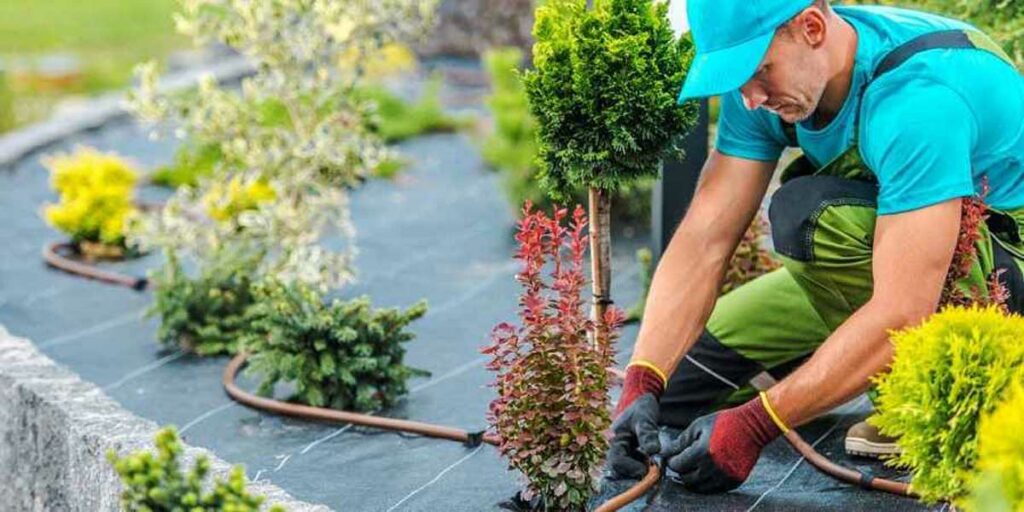Your ultimate green thumb & home helper!
If you’re a seasoned gardener or just starting your journey with a few flower or herb pots on the edge of the window?
We can help you along the way to being a positive, happy gardener by teaching you all the tricks of the trade, as they say.
We are a passionate bunch of garden and home renovation enthusiasts who think gardening, garden design and landscaping isn’t just a hobby – but a way of life.
If your thinking of planting flowers or maybe a herb garden or even crafting a new lawn or out door entertaining area, we’ve got your back every step of the way.
Imagine walking out into your garden, feeling the sun on your face, and seeing the fruits or flowers of your labour.
Sounds nice doesn’t it, we want to help make that dream a reality. Whether you’re looking for tips on which compost works best or need advice on designing a garden or entertaining space, you’re in the right place.
 Our Promise is to Help You Grow, Literally!
Our Promise is to Help You Grow, Literally!
Planning your out door space is more than just sticking a few plants in the ground and hoping for the best.
It’s about understanding the grounds dirt, sun direction, the different seasons, the plants or fruits and yes, sometimes it feels more like a science experiment than the art of growing stuff.
That’s where we would like to help, we will empower you with the knowledge and tools you need to be able to design and grow the garden you have been dreaming about
If you are feeling overwhelmed by the sheer amount of information out there, you can relax a little because we have done the heavy lifting for you, by getting the best advice around right here in one place, so you can focus on what matters to you and your garden.
Our website publishes helpful articles about gardening, home renovations, landscape design, composting and lawn care among others.
If you’re dealing with clay soil, having issues with soil bugs or trying to figure out what rooms to add for a planned home reno, we’ve got all the answers.
Bring Your Garden to Life
You can also ask us about our range of home and garden services which are designed to help you get the most out of your space.
Whether you’re looking for a complete garden overhaul or just need some expert advice on plant selection.
We can do garden design consultations, if your ready to transform your space? Our design experts can help you create a garden that fits your lifestyle, whether it’s a low-maintenance setup or a full-on veggie garden.
Planting services, not sure where to start, we can help you select and plant the right ones for your garden, taking into account soil type, light levels, and maintenance needs.
Composting and soil improvement, the foundation of any successful garden starts with the soil. We offer advice and services to help improve your soil quality, soil improves when you have discovered the benefits of composting.
Lawn care is vital, is your lawn looking a little worse for wear? Let us help you create the lush, green lawn you’ve always wanted. From seeding to fertilising, we can assist with every aspect.
Home Renovation Advice.
Want to extend your love of nature indoors?
We also provide consultation services that will take you right through the home renovation process. Our home renovation services include, consultations, planning and appointing contractors in order to incorporate both modern and natural elements into your home space.
 Why Choose Nature Mill?
Why Choose Nature Mill?
We are a community.
We believe that gardening and home renovation is for everyone.
Whether you have a tiny cottage with a small back yard or a few pots on the balcony or a sprawling mansion with on acreage – we have got something for you.
No jargon, no complicated explanations, just real practical advice.
Plus, we’ve been doing this for a while, so you can trust us when we say we know a thing or two about building stuff and growing plants.
Start with a free 30 minute consultation. If you’re not sure our services fit your needs then let’s have a chat, no pressure, and see how we can help you.
Want a free garden audit, then send us a picture of your garden setup and we will give you tailored advice on how to improve it or if you prefer a face-to-face conversation, we’re happy to meet and discuss how we can bring your garden dreams to life.
So, what are you waiting for, whether you’re planting your first flower or looking to create the perfect outdoor space, Nature Mill is here to help you grow, literally.
